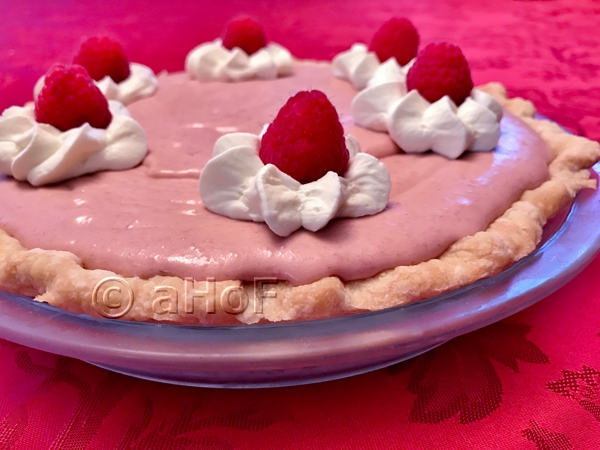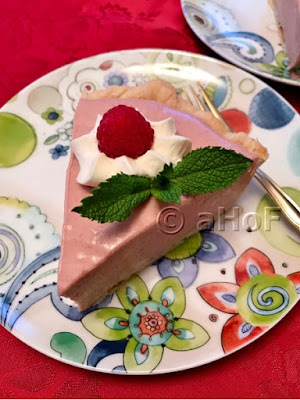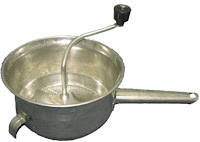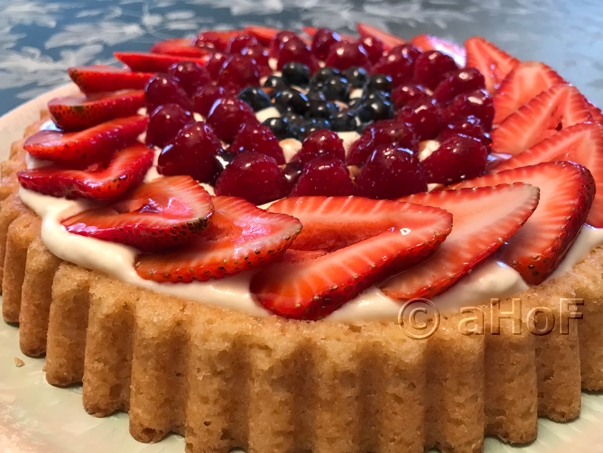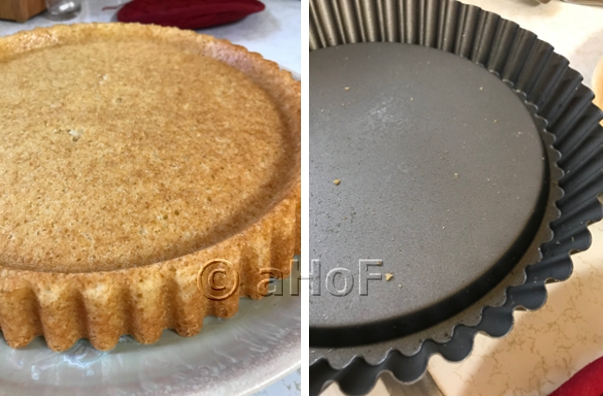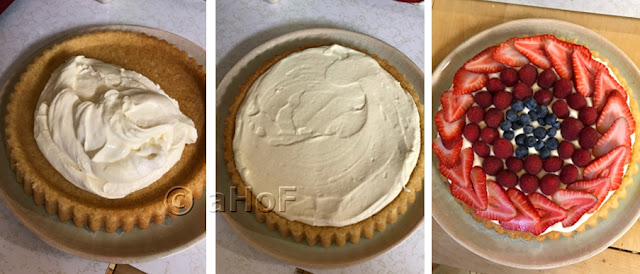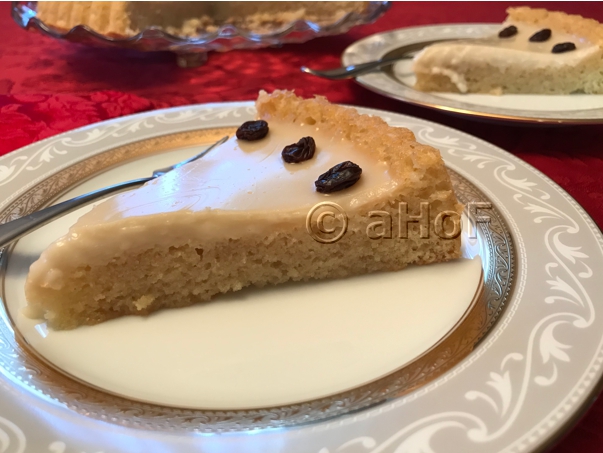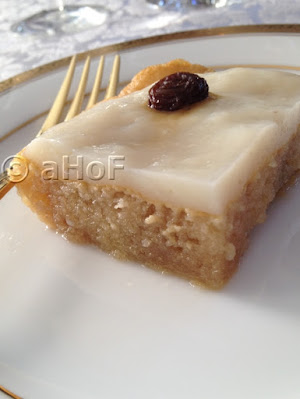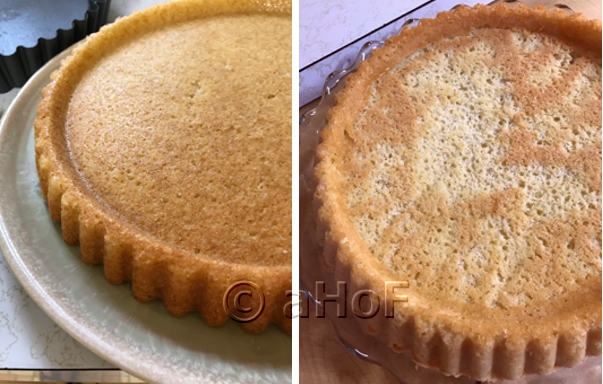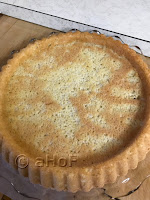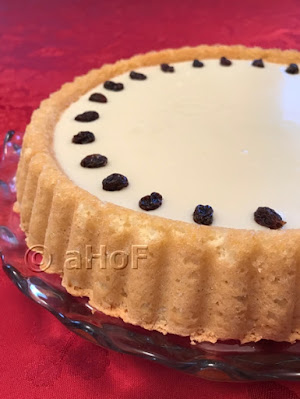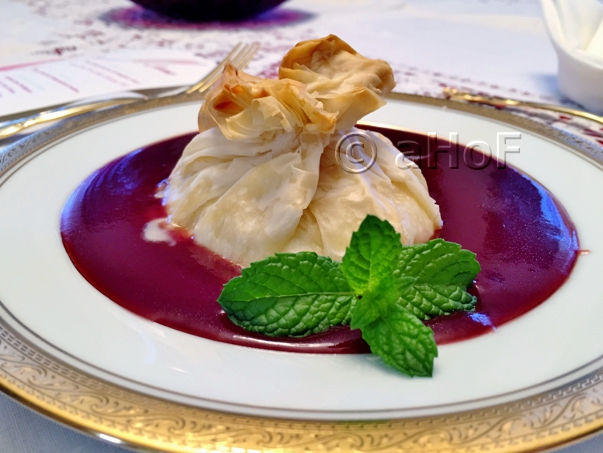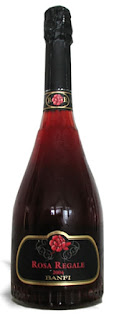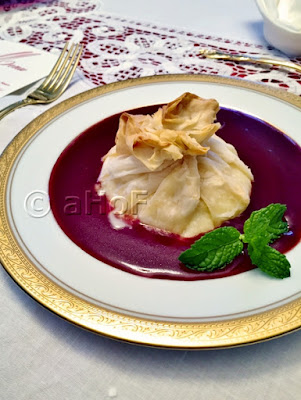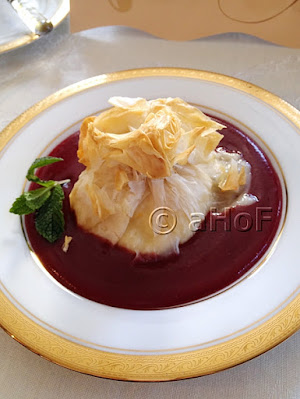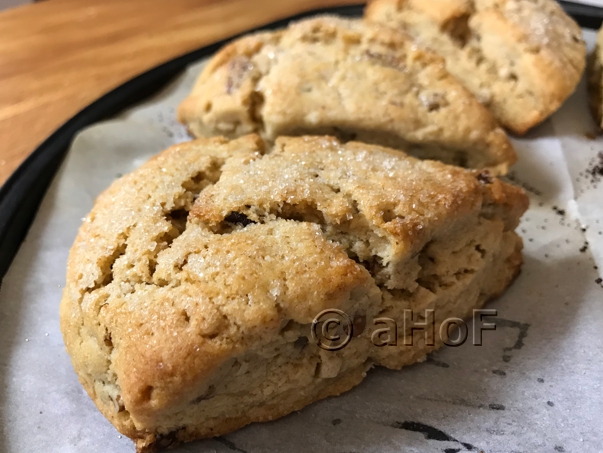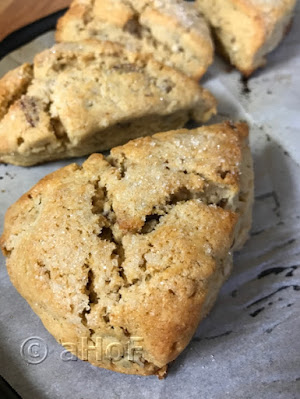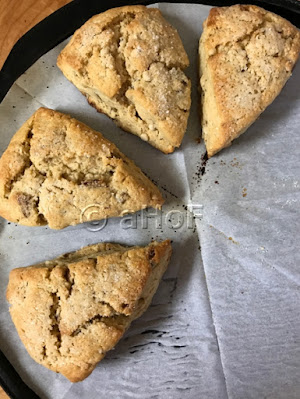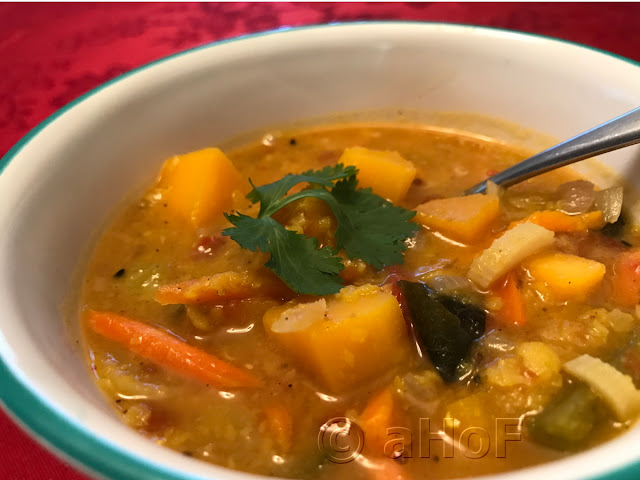 |
| Sambar |
First, I need to elaborate on Idli, since this is where all this discovery started. When it comes to south Indian cuisine, lentils are on the menu most of the time. The lentil dishes are invariably very soupy, though they are not called "soup." Many places term these thinned soups as "gravy," which probably sums up how they are used. For me, it still seems like soup! These lentil soups are served often with something called Idli, and often at breakfast.
I discovered idli some many years ago, when searching for something to do with Urad Dal, which I bought at an Indian grocery, then never used. It so happens that one of the uses for Urad dal (also Urid dal) is in making idli. So what is Idli?
| Sambar with Idli |
I learned about idli at least 8 years ago, and while I wanted to make them, just never got around to it. I also had a little anxiety over making them, since it is said they can be tricky. I had no idli mold, so I would have to improvise. And on and on went my excuses why I couldn't make them. Then last September when I visited my son and his significant other in Seattle, I bought an idli mold. I also ate in an Indian restaurant out there that had Dosas on the menu, and so I tried that - and Sambar was served alongside! It is one of the common accompaniments to idli or dosa. I figured that I had to make Sambar, so I could have something to eat with the idli I wanted to make.
Finally we get to the Sambar
I knew about red lentils (masoor), but more recently found out about many others, such as black gram (skinned and split and called urad dal), pigeon peas (skinned and split and called toor dal; also tuvar dal or archar dal), brown chickpeas (split and skinned and called Bengal gram, Desi chickpeas or kala channa), and many others. Of all of these, Toor dal is one of my favorites. And, it happens to be one of the most common lentils used in making Sambar, also spelled Sambhar. Yippee!
 |
| Sambar Powder |
Sambar is easy enough to make, and is absolutely amazingly good. I have to say, I was not highly impressed with the little bowls of sambar served with my mammoth dosa in Redmond, WA, but making it myself, I had opportunity to study many recipes and see what similarities and differences they contained. One of the first things I noted was that most called for Sambar Powder, so that was the first thing to make. Sambar Powder is made using a couple of types of lentils, browned first in a dry skillet, then ground with other toasted spices. I put together the amounts that sounded good to me, and here is my recipe:
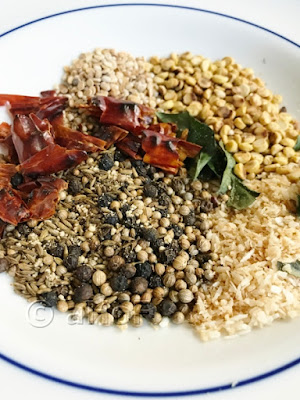 |
| Sambar Powder Spices |
Sambar Powder
Makes about ½ cup2 tablespoons dried coconut shreds
2 tablespoons channa dal (split, peeled Bengal gram/Desi chickpeas)
1 tablespoon urad dal (black gram, split, peeled)
1 tablespoon coriander seeds
2 teaspoons black peppercorns
1 teaspoon cumin seed
½ teaspoon fenugreek seeds
10 - 12 fresh curry leaves
3 dried red chilies, or more, to taste
½ teaspoon asafoetida powder (unless pure, then use just a pinch)
Heat a dry skillet over medium heat and toast the coconut until nicely golden, then turn out to a plate to cool. Repeat with the channa dal until golden and fragrant, then the urad dal until golden. Turn these out to the plate with the coconut, to cool. Repeat this process separately for the coriander, peppercorns, cumin and fenugreek, turning each out to the plate to cool before proceeding with the next. Toast the curry leaves until dried and crisp, then add to the plate. Toast the dried chilies (I first broke them into pieces and removed most of the seeds - your choice), then turn them out to the plate. Toast the asafoetida powder (which usually comes diluted with rice flour or other starches) until fragrant, then add to the plate.
Once all the spices are cooled, grind them to a fine powder in a spice grinder or coffee grinder used only for spices. Store in a glass jar with tight fitting lid in a cool, dry, dark place.
~~~~~~~~~~~~~~~~~~~~~~~~
Once the Sambar Powder is made, the Sambar can be made. Making the Sambar is a 3-part recipe, not counting the making of the Sambar Powder. The lentils will need to be cooked until mushy, then pureed. The vegetables will cook in a tamarind based liquid, and an addition of spices and onion are fried towards the end, called "tempering," which simply means "adding flavor." The tamarind used for the recipe can be pre-packaged and diluted or made up from scratch. I have tamarind pods (available at our local grocery, miracle of miracles!) and so peeled the outer shells off and soaked the pulp and seeds, then pressed out the seeds and strained the fruit through a strainer, pressing out as much of the solids as will pass through the strainer while pressing with a spoon. Doing this will amount to a fourth step.
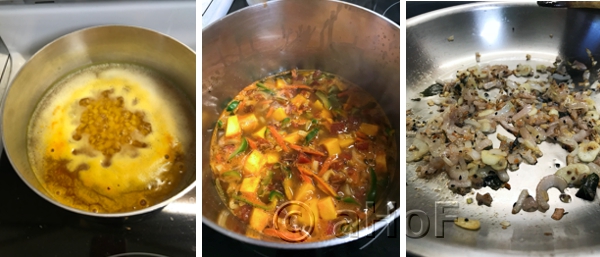 |
| Three-Part Recipe: Lentils - Vegetables - Tempering |
Making Sambar calls for vegetables, and there is a list of possible vegetables to use, such as carrot, bell pepper, eggplant, tomato, squash, okra (also called "ladyfingers"), potatoes, green beans, onions, zucchini, and others; whatever you have on hand. Indian recipes also generally mention "drumsticks" and something called "bottle gourd (lauki)," not available in my part of the world. Any of these can be used, or just one if preferred. They can be changed out to use what is on hand. This recipe is just a guideline for the general flavors. I have small eggplants growing and was hoping there would be some ripe for use, but sadly no. While onion is generally mentioned as part of the vegetables, I chose to use shallot, and used it in the "tempering" step instead of cooking with the other vegetables.
Sambar
Serves about 6 or 8, depending on portion size
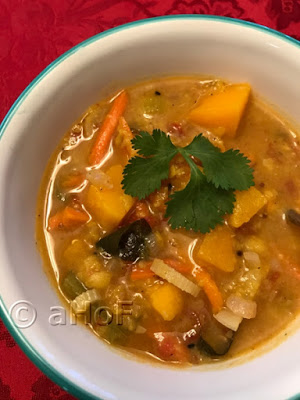 |
| Sambar |
LENTILS:
¾ cup toor dal (tuvar/ardhar)
4 cups water
1 teaspoon turmeric
VEGETABLES:
1 cup tamarind puree (from 2 tamarind pods)
½ cup carrot, in matchsticks
1 tomato, chopped
1 cup squash, peeled, cubed
½ green bell pepper, sliced thinly
2 tablespoons Sambar Powder, or to taste
TEMPERING:
2 teaspoons coconut oil
1 teaspoon Panch Phoron
8 - 10 fresh curry leaves
½ teaspoon asafoetida (hing)
1 medium shallot (or small onion), sliced
3 cloves garlic, sliced
If making your own tamarind puree, peel 2 - 3 tamarind pods, pull off long veins and set to soak in 1 cup hot water for at least ½ hour. Once soft, squeeze out the seeds and discard, breaking up the fibrous fruit. Pass this softened fruit through a strainer, pressing through with the back of a spoon. Pour the puree into a saucepan.
Place the lentils into a bowl and wash repeatedly until the water comes out almost clear. Drain and place into a saucepan with the water and turmeric and bring to boil. Lower heat and simmer for about 45 minutes, until softened and mushy. Puree the lentils until smooth.
Add the vegetables to the saucepan with the tamarind puree and cook until softened. Add in the Sambar Powder at the end of cooking time. Add the vegetables to the pureed lentils with about 1 teaspoon salt.
For the "tempering," heat the coconut oil in a skillet and once hot, add the Panch Phoron until it pops and crackles. Add in the curry leaves and stir while they crackle and release their aroma. Add the asafoetida until it releases a lovely oniony aroma and then add in the shallot and garlic. Stir, sauteeing until the shallot and garlic are golden, then pour this mixture into the lentils and vegetables. Garnish the Sambar with cilantro leaves or fresh curry leaves and serve with idli or dosas (though it is an excellent soup all on its own, or with rice).
My passion is teaching people how to create a harmony of flavors with their cooking, and passing along my love and joy of food, both simple or exotic, plain or fancy. I continue my journey in ethnic and domestic cuisines, continuing my journey to explore diverse culinary experiences and hopefully to start you on a journey of your own. Join me also at A Harmony of Flavors on Facebook, and Pinterest.

